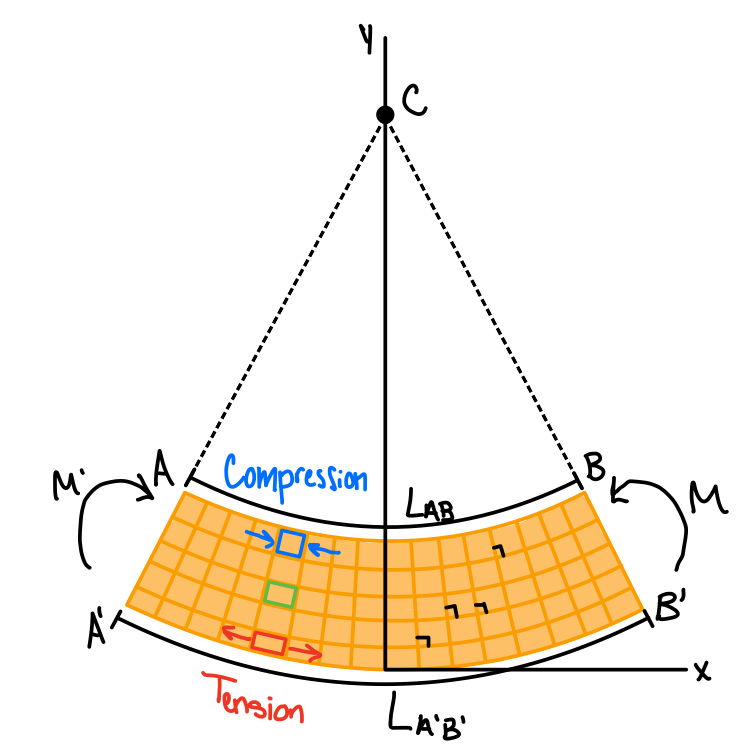Page Title
Use this page to get familiar with the different components Mechref has to offer. Resize the browser window to visualize how the pages look like on different screen sizes (desktop vs. tablet vs. phone).
The Style guide & documentation has a detailed explanation of how a page should be set up and a list of the different elements that can be added to a page. This page is just meant to get you started with the basics of page structure, the navbar, images, and equations.
Each block of information should be structured by: figure, equation(s), and text. If a given bock of information does not need an equation and/or figure then skip that part. Each section should have some text, but no more than 3-4 sentences. The goal of these pages is to be referenced and the page is to be written assuming students have already seen the materal and are not learning the material for the first time. AKA don't write a textbook.
Good luck!
This section of your page should be a brief intro to the topic of the page. Keep it short and sweet here!
Page Section Title
These sections should be the main topics of the page.
I'm here!
Page Subsection Title
Use if the topic requires.
Page Subsubsection Title
Use if the topic requires.
NavBar
You can add little cards to the side of each section. These are meant to contain extra information not critical to what's discussed in the section, such as fun-facts, extra readings related to the material, or real-world applications.
These will follow the user as they scroll through the section they are defined in, but will stay contained to their section. Scroll up and down to experience this effect.
There exists a hierarchy of sections to indicate to students that certain concepts are directly related to another. The main "Section" item should only be used at the top of the page and acts as the page's title. There also exist "SubSection", "SubSubSection", and "SubSubSubSection", each with a progressively smaller header and faded color, to emphasize that they belong inside another bigger section.
Each page also has its own navtree on the left-hand side (desktop and tablet) or at the top (phone) that links to each Subsection, SubSubSection and SubSubSubSection.
Adding Images
You can also add images with or without a caption. For info on where images should be saved at, see the setup page. More info on formatting images is in the Style guide & documentation.

Math in Mechref
\( \LaTeX \) can be used inside your pages. Just like in Latex, we differentiate between inline-math and display-math. One difference betweem \( \LaTeX \) and these pages is when writing math in \( \LaTeX \), you use one backslash \( (\backslash) \), but in the reference pages you need to use two \( (\backslash \backslash) \).